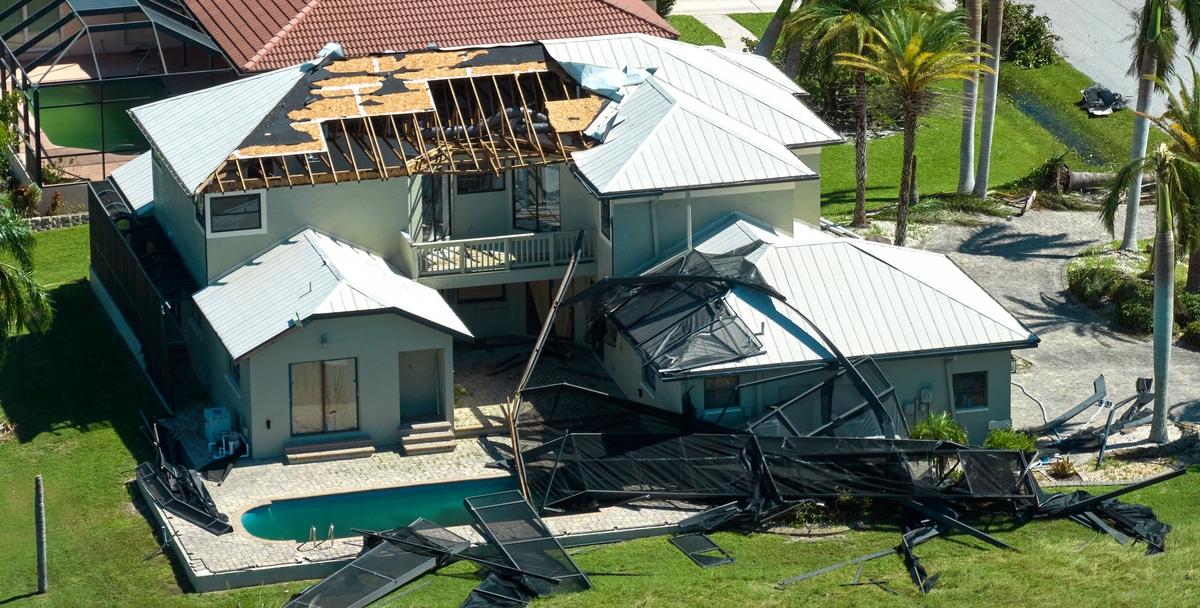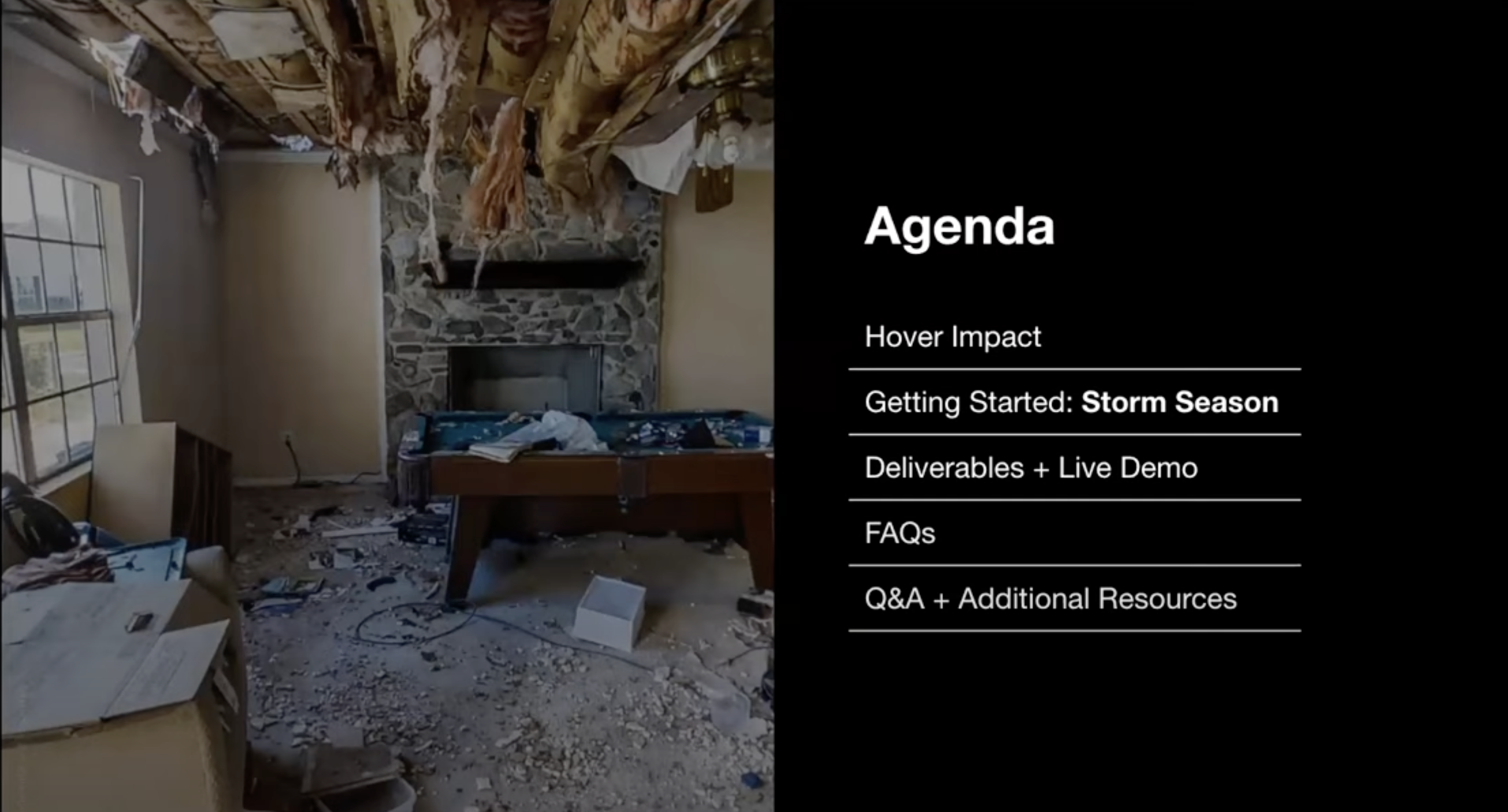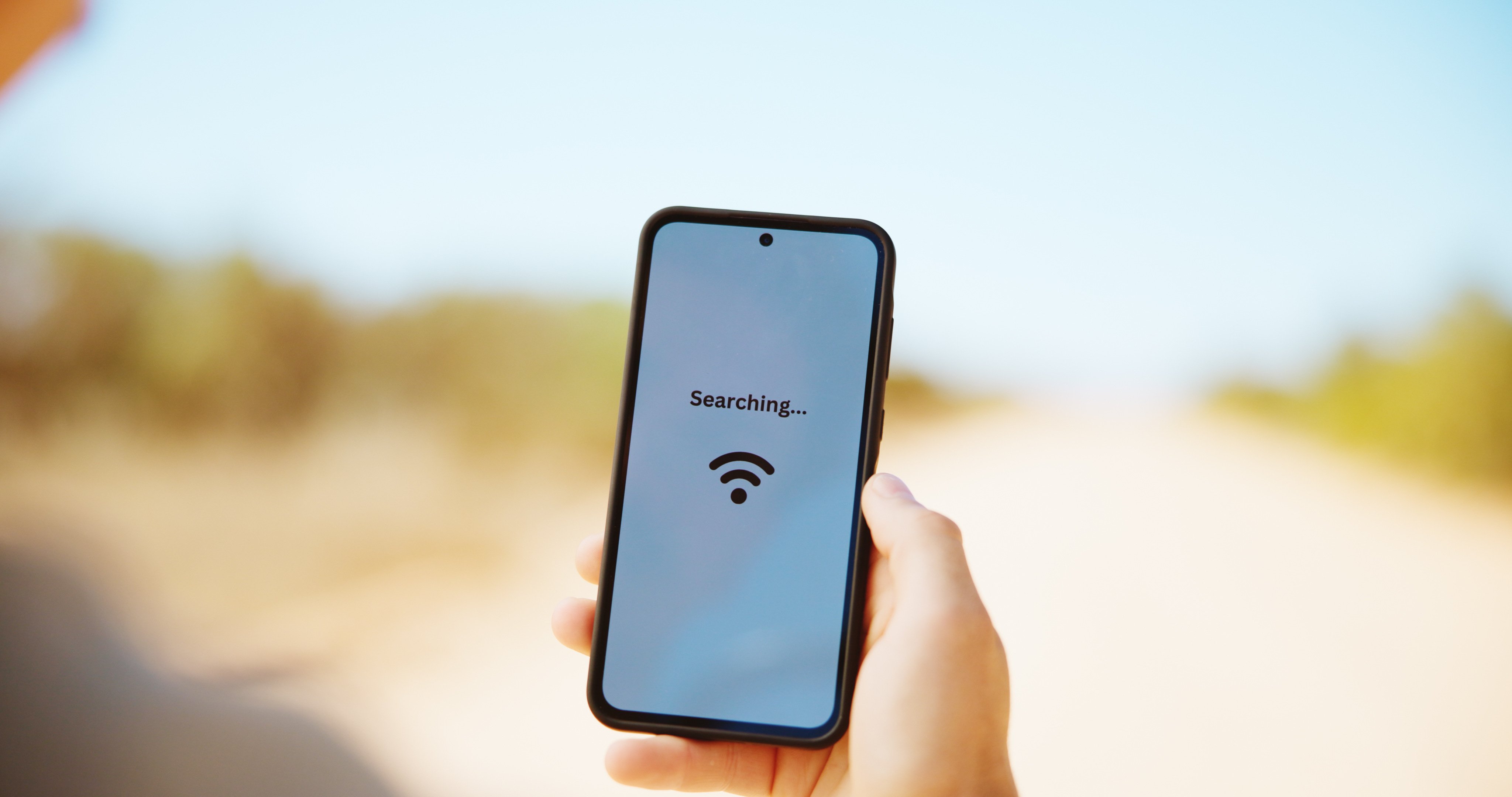The property insurance industry is at the edge of an era of innovation, and we’re just starting to see the beginnings of it–with more to come in 2019. Before we delve into the key trends driving the industry, let’s look at how two major factors are making these innovations necessary now.
First, the sheer number of property claims is going up. We’re facing a future of weather extremes, and the events of the past few years have been a preview of what’s to come: more droughts and wildfires, more intense hurricane seasons, and stronger storms overall. These weather extremes portend an increase in claims, and it’s already happening. Ernst & Young Global Limited reports that 2017 was the largest insured loss year ever. Not only will insurers have to adjust more claims, they’ll also have to adjust how they write policies, so they’re not caught off-guard by shifting weather patterns. They’ll need the tools to deal with the deluge.
Second, at the same time that claims are going up, so are customer expectations. Today, insurers are serving a greater percentage of Millennials. This group of digital natives already makes up almost half of the workforce, and they’re used to doing things differently. Crucially, they expect companies to be as tech-savvy as they are. That means they not only want a good policy, they want the added benefits of convenience, speed, transparency and a level of personalization that customers before them simply didn’t demand.
In these conditions, carriers are being challenged to do more with less, and they won’t be able to keep up by doing things the old way. Fortunately, technology is helping them make an enormous leap forward. Carriers are now deploying several disruptive new technologies to better serve customers, get things done faster and gain significant cost savings. Here’s what we expect to see even more of in 2019:
#1. VIRTUAL CLAIMS ADJUSTING
As more carriers embrace virtual claims adjusting, they gain a serious competitive advantage: a process that once took weeks can now be resolved almost instantly. Virtual claims adjusting allows insurers to remotely measure losses, estimate damages, and pay customers faster. And today, technology like HOVER helps them get more–and more accurate–property loss data, all faster than ever before. Now homeowners can easily share smartphone photos of the damage with adjusters, using HOVER to help resolve claims faster. For instance, one Top 10 carrier used HOVER to virtually adjust 40% more wind claims in 2017 vs. 2016, and reduced average cycle time by a full day.
These are valuable gains, especially since 87% of customers say that the claims experience influences how likely they are to stay with a carrier. When it comes to claims, speed and transparency are key to customer satisfaction, and virtual adjusting delivers on both fronts. It’s a valuable innovation, considering the damage carriers can incur when they don’t adjust claims quickly and efficiently. Consider this: if it costs a carrier $500 to acquire a customer, and that customer isn’t satisfied with the claims process, they’re going to tell their four closest neighbors about it. That carrier could take a $2,500 loss–all due to one bad experience!
#2. INNOVATIVE USE OF MOBILE TECHNOLOGY
The next trend we’re watching in 2019 is the increased use of mobile technology in the property insurance market. Carriers are already taking positive steps forward with mobile claims adjusting, and this trend speaks to a greater need to serve tech-savvy customers better, faster, and with a higher level of personalization.
Carriers are now using mobile to communicate with customers seamlessly, through text and mobile apps. They’re letting customers check their policies on the go and make changes in real time, and they’re integrating technology like HOVER, which helps with both underwriting and claims processing. With these improvements, customers who want to file a claim, for example, no longer have to get on the phone, call a representative, go through a bunch of steps, and set up an appointment with an adjuster. Mobile is cutting a lot of that excess, to everyone’s benefit.
Sure, Trov, and Lemonade are leading the trend with mobile apps that let customers get coverage on the go. Ernst & Young predicts we’ll be seeing more dynamic pricing models like these in the future.
#3. BETTER DATA AND THE POWER TO TAKE ACTION
The rise of the Internet of Things (IoT), coupled with the ability to gather and store more comprehensive data than ever before, is opening up new possibilities for carriers. In 2019, we’ll see more companies using this data in powerful ways, whether it’s to better understand customer needs in order to create more personalized policies or to collect property insights so they can mitigate risk.
Today, smart home technology is booming–and it will have significant impacts on the property insurance industry. According to >Deloitte, smart home devices are expected to see compound annual growth rates of 60%, which translates to 600 million smart home devices by 2021. Today, we have smart doorbells that can help prevent break-ins and monitor who’s at the door; smart thermostats that regulate home temperatures and can prevent frozen pipes from wreaking damage; and smart sensors that can detect leaks and turn off the water supply to prevent flooding.
The availability of more comprehensive property data, largely enhanced by the Internet of Things, will not only gives carriers the power to make wiser business decisions but to mitigate risks before they become claims. It also adds a layer of personalization to the customer experience and gives carriers the possibility to tailor policies based on data-driven insights: in today’s world, this level of customization is an expectation, not an exception.
#4. BLOCKCHAIN GETS BIGGER
Two years ago, carriers were just starting to talk about blockchain technology. In 2019, they’ll be moving from talking about it to acting on it. “It won’t be a surprise, if within a few years, blockchain becomes the insurance sector’s default technology, powering the entire information infrastructure rather than being an exception,” notes Ernst & Young.
Blockchain securely stores data on decentralized servers, making it simpler for carriers to access it, validate it, and use it to detect fraud. With blockchain, customer or claim details can be referenced against a decentralized data depository–what amounts to a common “record of truth”. Blockchain innovations are already in the works: The B3i initiative, an industry consortium, is introducing blockchain for property catastrophe reinsurance and leading insurance firms are piloting “smart contract” insurance policies based on blockchain technology.
Innovations like this should help eliminate many of the logjams that riddle the insurance landscape, translating to a more accessible and dependable data infrastructure. Blockchain promises to streamline and simplify many back-of-house operations and give property insurance carriers another way to do a lot more–with a lot less.
WHAT’S AHEAD FOR 2019?
As the pace of technology speeds up, property insurance must evolve to catch up. We’ve already seen positive change in this direction, with carriers implementing everything from virtual claims adjusting to AI-driven chatbots to help handle customer requests. In 2019, expect to see more carriers embracing opportunities like blockchain and the possibilities that mobile and smart home technology bring. These innovations all have the potential to transform property insurance for the better–and the biggest wins will go to those who adapt first.



